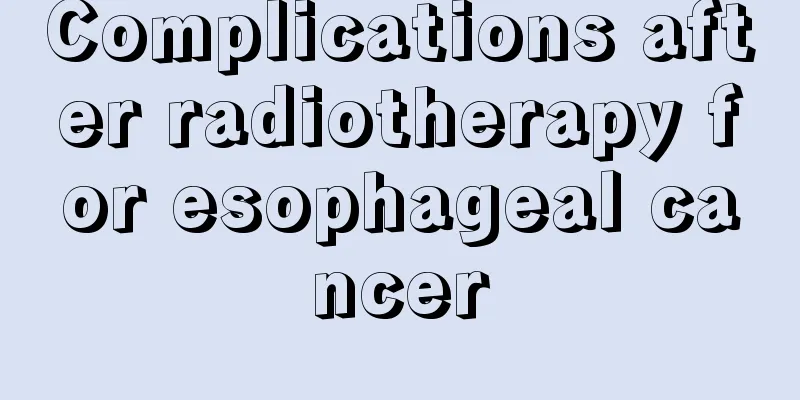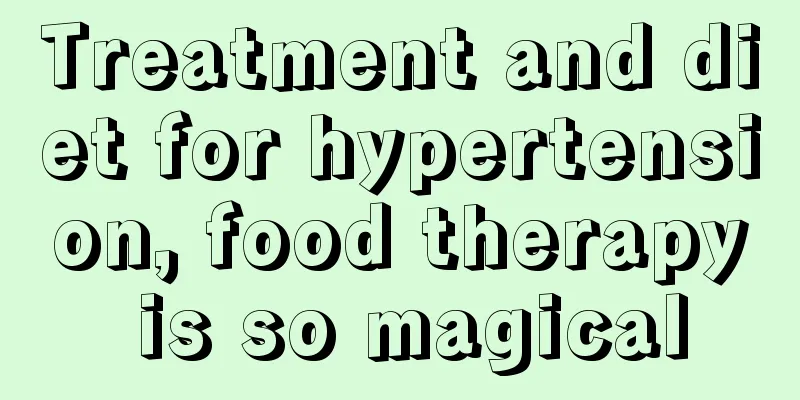The most common cause of sudden death is

|
In daily life, many people do not pay much attention to the problem of sudden death, but we will find that there are more and more sudden deaths reported in major news reports, and they occur frequently among young people. In fact, the most common causes of sudden death also include heart problems, such as coronary heart disease, myocarditis, primary heart disease, and long-term rheumatic heart disease problems. Pathological etiology 1. Coronary heart disease: It is the most common cause of sudden cardiac death. 2. Myocarditis: Severe myocarditis may cause diffuse myocardial lesions, leading to cardiogenic shock and sudden death. 3. Primary cardiomyopathy: The lesions mainly invade the ventricles and may also affect the cardiac conduction system. 4. Rheumatic heart disease: About 25% of patients with aortic valve stenosis may die suddenly. 5. QT interval prolongation syndrome: including congenital deafness, secondary deafness is often caused by hypokalemia, quinidine, and amiodarone. 6. Mitral valve prolapse syndrome: often causes rapid arrhythmia, 7. Congenital heart disease - Coronary artery malformation: If the left coronary artery originates from the right coronary sinus or is connected to the right coronary artery, 8. Preexcitation syndrome combined with atrial fibrillation: When the refractory period of the bypass pathway is shorter, atrial fibrillation is more likely to turn into a malignant arrhythmia - ventricular fibrillation and cause sudden death. 9. Sick Sinus Syndrome: It is mostly caused by coronary disease, myocarditis, and cardiomyopathy, which lead to ischemia and degeneration of the sinus node artery, resulting in ischemia, necrosis, and fibrosis of the sinus node. Treatment First aid for sudden death: Once a diagnosis of sudden death is made, first aid should be provided immediately. 1. Cardiopulmonary resuscitation. (1) Tap the precordial area: Tap the precordial area three times with your fist. For patients who have just suffered cardiac arrest, some of them may have their heart beat back. If not, perform external chest compressions immediately. (B) External chest compression: The patient lies on his back on a hard bed or on the ground. The operator places the base of his left palm on the lower 2/3 of the patient's sternum, and places his right palm on the back of his left hand. Both hands press rhythmically, using the downward force of the body to press rhythmically 60-70 times per minute to avoid rib fractures caused by excessive force. (III) Mouth-to-mouth artificial respiration: The operator holds up the patient's neck with one hand, tilting the head back as far as possible to keep the airway open; with the other hand, pinches the patient's nostrils, takes a deep breath, and then blows forcefully into the patient's mouth, 12 times per minute (perform mouth-to-mouth artificial respiration once for every 4-5 compressions on the heart). 2. Treatment after cardiopulmonary resuscitation. |
<<: What are the dangers of a slow heartbeat
>>: What are the dangers of not brushing your teeth at night
Recommend
Are baking soda foot soaks effective?
Baking soda is baking soda powder, which is frequ...
What to do after breast cancer surgery
What to do after breast cancer surgery? Surgery i...
Can I eat ginseng if I have high blood pressure?
The problem of high blood pressure is quite commo...
Can I eat fruit if I don't eat raw or cold food?
I believe many people have had the experience of ...
What factors are mainly related to the continuous emergence of kidney cancer?
The kidney is the most important part of the huma...
What is an easy way to get rid of scars?
There are actually many small methods and techniq...
Washing your hair with soap prevents hair loss
You can also use soap to wash your hair at ordina...
Appetizer with porridge and side dishes
Drinking porridge is very good for the stomach, b...
How to balance hormones in the body
The hormones in everyone's body should be kep...
4 methods of X-ray examination for laryngeal cancer
X-ray examination can assist laryngoscopy and oth...
Take a deep breath and your chest hurts like you are choking on food
Sometimes, when we take a deep breath, we feel pa...
The place where the band-aid is applied is itchy
If the skin is accidentally cut or scraped, a cut...
How to diagnose cryptococcal infection?
After cryptococcus infects the body, it is relati...
What are the symptoms of Candida infection?
Bacteria are common organisms in our lives. In mo...
What to eat in summer to prevent liver cancer? To prevent liver cancer, try these foods
In the hot summer, many people do not take sweati...









